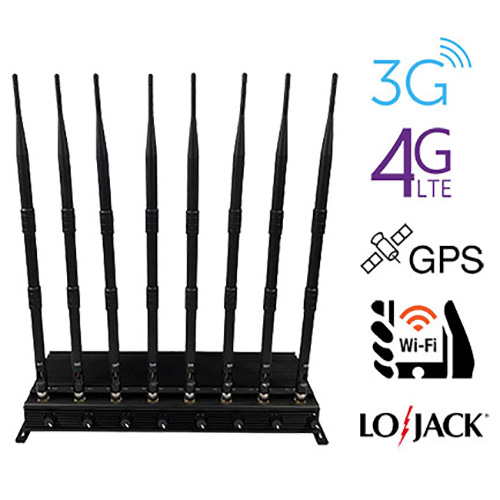In view of the RF interference problem of GSM mobile phones, GSM mobile phones work in TDMA mode, and RF transmission and reception are not performed at the same time. The basic principle of reducing RF cell phone jammer is to strengthen matching and isolation.

In the design, consider that the transmitter is in a high-power transmission state, which is more likely to cause interference than the receiver, so it is necessary to ensure the matching of the power amplifier (PA). In addition, the isolation of the RF front-end filter is also an important indicator. PCB board is generally 6 or 8 layers, and there must be enough ground plane to reduce RF interference.
It is particularly emphasized that the radio frequency system will cause electromagnetic interference to the digital baseband (DBB), analog baseband (ABB), etc., and strengthening the radio frequency shielding is an effective measure. He also pointed out that the TDMA noise and burst noise generated in the communication between the mobile phone and the base station will bring more obvious noise to the baseband voice processing, and care should be taken to remove such noise. In addition, TDMA noise mainly affects the voice part of the mobile phone, so pay attention to the PCB layout and wiring of the voice part.
Some engineers pointed out that PA matched filtering has the ability to suppress spurious radiation, but it still has limitations. Are there other solutions? You can choose a good front-end filter to enhance out-of-band suppression. Regarding how to solve the RF power interference and how to select the RF LDO, it is first necessary to make sure that the RF power supply has been well filtered. Secondly, if necessary, it is better to use independent power supplies for different RF circuits. When choosing an RF LDO, pay attention to its characteristics such as drive current, output noise and ripple suppression.





